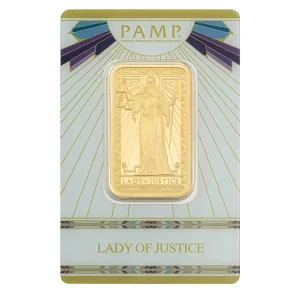In every way, gold is exquisite. The majority of people are unaware of the fact that, while we mine for gold here on earth, all of the gold that has been deposited there was created during the explosions of stars and collisions of asteroids and eventually made its way to earth over time. One of the most expensive precious metals and rarest natural minerals on Earth is gold. It is also one of the 118 elements that humans have so far identified and catalogued. Bright, warm yellow, pliable, and soft describe pure gold. Because of how delicate it is, it can’t actually be worn every day in its most natural state. It is alloyed with a combination of metals, including silver, copper, platinum, zinc and palladium, to make it harder.
What is the process through which gold is created?
Two major hypotheses—both involving stars—distinguish how gold is initially produced. In one, supernova stars explode, and the nuclear fusion that results in the explosion creates gold atoms in the universe. In the other, neutron stars collide, and the explosion that results is a gamma-ray burst, one of the most powerful explosions ever. The first detection of the collision of two neutron stars took place in August 2017, and gravitational wave detectors were used to identify heavier metals, including gold. Nuclear energy, which is necessary to turn lighter atoms into heavier ones, can be found in both of these events.
What is the source of Gold?
Rock that has been broken may contain gold resources in the form of lodes or veins. Additionally, the crust of the Earth may contain it. The majority of lode deposits are created when hot fluids pass through rocks containing gold, scooping up gold and concentrating it in new places in the crust. The Witwatersrand, one of the world’s richest gold-mining regions, is situated in a southern African crater with a 300 km radius that is considered to have been created by a meteor hit more than 2 billion years ago. This hypothesis supports the notion that asteroids transported gold to Earth from outer space. Further evidence that a significant amount of the earth’s mineable gold was supplied by asteroids that impacted on the surface comes from a higher concentration of the metal than scientists had originally predicted in the crust of the planet. Even in our oceans, gold can be found. It is estimated that there are between 10 and 20 million tonnes of gold dispersed in the water of the earth’s seas and oceans, much of it at extremely low concentrations. It can also be created synthetically, but doing so necessitates nuclear processes, which are excessively expensive and unfeasible to produce and sell for its current usage.
How is gold refined?
Once the gold ore has been found and mined from its source, which may or may not be a goldmine, it needs to be processed before it can be used to make gold jewellery. There are a few ways to get gold out of ore. A couple of these are amalgamation and cyanidation. The most common method is cyanidation, which involves oxidising gold and dissolving it in alkaline cyanide, then separating the gold solution from the solids. Then, it needs to be cleaned up by melting it and treating it with gas chlorine or by using electrolysis to get rid of all the impurities. The purity is then checked, and 99.9% purity is used as a standard. Once gold has been processed and refined, it can be used in whatever product it was mined for, such as electronics, dentistry, aerospace, or any of the other uses for gold. But processed gold has a lot of qualities that make it great for jewellery, such as being easy to shape, having a rich colour, and being shiny. If you like what you’ve seen and want to buy gold jewellery from aubullion.ca get in touch today.
 Hi,
Hi,











